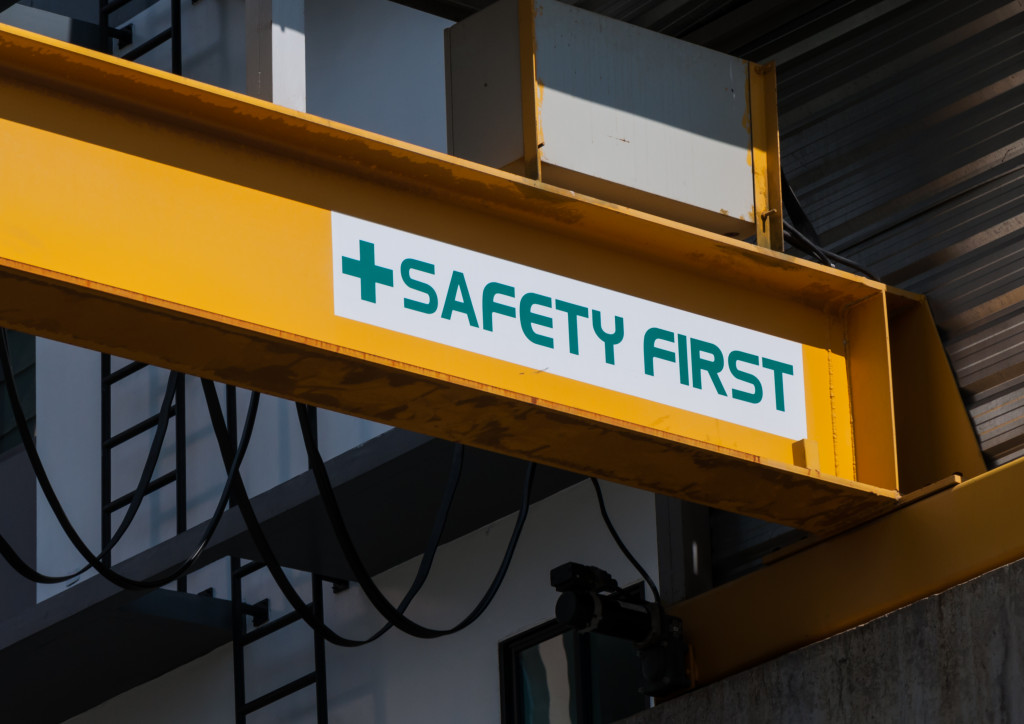- The first step in emergency preparedness is assessing potential threats in the workplace and developing action plans.
- An effective emergency plan includes a designated point person, on-site supplies, and regular updates.
- Training employees is crucial, with programs such as first-aid, ACLS, and fire safety being essential.
- Consistent preparation and training can help protect employees, customers, and clients during emergencies.
Workplace emergencies can happen to anyone, anytime, anywhere, and no one is immune. As an entrepreneur or a professional, it’s your responsibility to ensure the safety of your employees, customers, and clients. Preparing for emergency situations is not rocket science, but you need to have a plan in place. This blog post will discuss how you can prepare for unexpected situations, regardless of your industry.
Assess Potential Threats:
The first step in preparing for emergencies is to conduct a risk assessment. You need to identify potential hazards and threats in your workplace, such as fire, earthquake, extreme weather, burglary, or violent incidents.
After identifying these risks, you need to prioritize them based on the likelihood and severity of each. Ensure to involve employees in this process, as they might have valuable insights on potential threats you might not have considered.
If possible, assign someone responsible for each threat and task them with creating a written plan of action, outlining the steps you need to take in an emergency.

Develop an Emergency Plan:
Once you’ve assessed potential threats, you should develop an emergency plan that outlines how your employees should respond to emergencies. Your emergency plan should include information on evacuation procedures, communication protocols, first aid procedures, and other relevant information that is specific to your workplace. Here are some other things to do:
Assign a point person for essential tasks:
It is crucial to appoint a dedicated point person to ensure effective management of critical tasks. This individual will be responsible for overseeing various responsibilities such as coordinating evacuations, contacting emergency services promptly, and ensuring efficient communication with all parties involved. Having a designated point person enhances the overall efficiency and effectiveness of the process.
Keep emergency supplies on site:
In an emergency, you may not be able to access essential supplies or equipment. That’s why keeping emergency supplies on site, such as first aid kits, flashlights, batteries, water, blankets, and non-perishable food is crucial. Make sure that these supplies are easily accessible and that your employees know where they are located. You should also check your emergency supplies regularly to ensure that they are functional and up-to-date.
Review and update your plan regularly:
Your workplace is not static, and neither are emergency situations. That’s why you should review and update your emergency plan regularly based on new information, workplace changes, and employee feedback. You should also include your emergency plan in your onboarding process to familiarize new employees with the procedures from day one.

Train Your Employees:
Having an emergency plan is not enough; you need to train your employees on how to implement it. Schedule regular emergency drills so that your employees are familiar with the procedures and can respond quickly in an emergency. Make sure to provide training on how to act during an emergency. Here are essential courses and programs you should sign everyone up for:
Basic First-aid Training:
You should provide basic first-aid training to your employees so that they can handle minor emergencies on the spot. This course should teach them how to recognize and respond to medical issues like fractures, burns, cuts, and allergic reactions. Ensure you provide refresher training regularly so everyone stays up-to-date with current practices.
ACLS Training:
Advanced Cardiovascular Life Support (ACLS) training is a critical aspect of preparing for medical emergencies in the workplace. This program equips participants with the necessary knowledge and skills to handle severe, life-threatening situations, especially those that involve cardiac arrest. Getting an ACLS certification is a great way to ensure that you and your employees are ready to respond quickly and appropriately in the event of an emergency.
The training emphasizes the importance of early intervention and high-quality CPR, along with advanced airway management techniques and the application of related pharmacology. Remember, the goal of this training is not just confined to resuscitation. It also includes strategies to recognize and prevent emergencies before they escalate.
Fire Safety Training:
Fire Safety Training should be a part of every organization’s emergency preparedness measures. This training encompasses the basics of fire prevention, early detection, and safe evacuation procedures. It focuses on imparting knowledge about the nature of fire, how it spreads, and the use of firefighting equipment like fire extinguishers. Employees are also taught to identify fire hazards in the workplace and follow best fire safety practices. Regular fire drills should be conducted to ensure employees are well-acquainted with exit routes and evacuation procedures.
Preparation is critical to responding effectively in an emergency. The tips outlined in this blog post are just the starting point. You should work with your employees to create an emergency plan that is specific to your workplace and ensure that everyone is trained on how to execute it. Don’t wait until an emergency occurs to start preparing; take action now to protect your employees, customers, and clients. Remember, safety should always be a top priority in the workplace.

